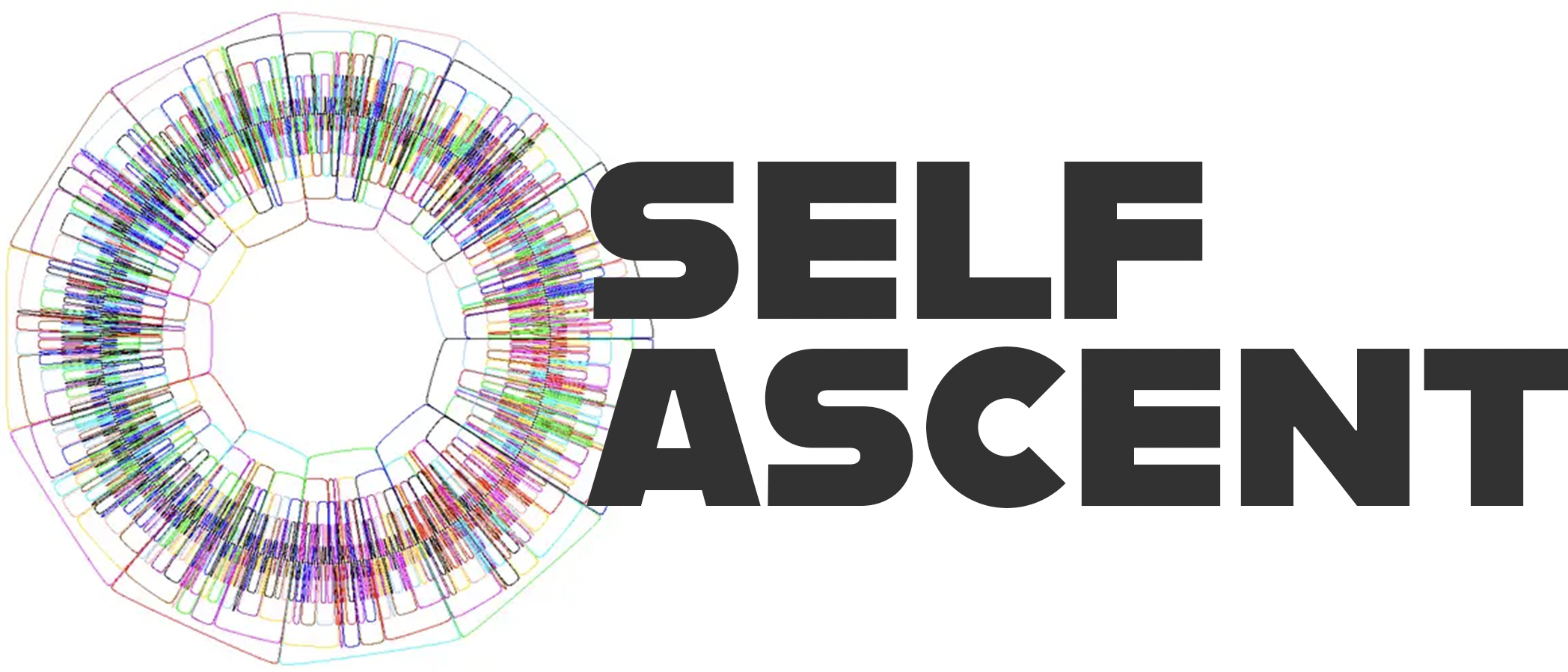Why Read Them
S.N. Goenka is widely regarded as one of the most influential Vipassana teachers of the 20th century. After 14 years of training under Sayagi U Ba Khim, Goenka was commissioned to teach and worked to spread the teaching of Vipassana throughout India, Europe and the United States. Goenka never wrote a book, but one of his students, William Hart, assembled various extracts from his retreat teaching sessions and published Vipassana Meditation, The Art of Living in 1987.
Goenka’s method of teaching traces its roots through the direct lineage of various Theraveda Buddhist masters, and its presentation of Vipassana meditation is direct and crystal clear, which is why it’s had such a profound impact over the last decades as western culture continues its confrontation with and assimilation of eastern wisdom.
‘Vipassana’ is a Pali word that means clear (‘vi’) and seeing (‘passana’). At its essence, Vipassana meditation is intended to raise one’s awareness to clearly see what is. This is done by utilizing the body and breath as launch points to bring awareness into concentrated form, so that ultimately awareness may be turned upon itself.
Vipassana Meditation is a powerful technique of ecstasy to aid those on the journey of embodying self-realization as a way life.
Bio
Satya Narayan Goenka (1924-2013), known as S.N. Goenka, was born in Mandalay, Burma (now Myanmar) to a wealthy Hindu family of Indian origin. Goenka’s family had established a successful commercial presence in Burma in a number of industries, and Goenka joined the family business and spent his adult life fulfilling his role as a husband and father. However, his material success and stable family life could not bring any relief to the intense suffering he was experiencing as a result of ongoing migraines. In his multi-year quest for relief, Goenka was eventually introduced to Sayagi U Ba Khim, a highly revered Burmese Vipassana meditation teacher. This encounter marked a significant turning point in his life.
Not only did Goenka find immediate relief of his migraines, but under U Ba Khin’s tutelage, Goenka became a proficient practitioner of Vipassanā. He trained with U Ba Khin for 14 years, after which he was authorized to teach. In 1969, Goenka moved to India and conducted his first 10-day Vipassana meditation retreat in Mumbai. This marked the beginning of his journey as a teacher, bringing the ancient technique of Vipassanā to a broader audience.
Throughout the 1970s and 1980s, Goenka’s reputation as a meditation teacher grew rapidly. He established numerous Vipassanā meditation centers across India and then around the world. These centers became places where people from all walks of life could learn and practice Vipassanā meditation in a residential setting, free of charge. S.N. Goenka passed away on September 29, 2013, leaving behind a legacy of widespread Vipassanā practice and a global network of meditation centers. His teachings continue to influence and inspire individuals seeking spiritual growth and mental well-being.vxc

Author's Big Ideas
Self-Realization Through Direct Experience: Goenka taught that true wisdom and understanding come from direct personal experience, not intellectual knowledge or blind faith. Vipassanā meditation is a tool for individuals to directly experience the reality of their own minds and bodies.
Observation of Sensations and Equanimity: Goenka’s teachings focus on observing bodily sensations without reaction, developing equanimity. This practice helps to dissolve mental impurities and condition the mind to remain balanced in all situations.
The Principle of Anicca (Impermanence): One of the core teachings of Goenka is the concept of Anicca, or impermanence. He stressed that all phenomena are in a constant state of flux and understanding this impermanence is key to detaching from cravings and aversions, leading to a more peaceful life.
The Universality of Suffering and Its Eradication: Goenka emphasized that suffering is a universal aspect of the human experience and that Vipassanā meditation can lead to its eradication. He taught that by understanding the true nature of suffering, individuals can break free from its cycle, leading to liberation and inner peace.
Dhamma (Dharma) as a Way of Life: Goenka presented the teachings of the Buddha (Dhamma) not just as philosophy, but as a practical way of life. He encouraged the application of these teachings in daily life, emphasizing that the path to enlightenment is through living a life of awareness and compassion.
Quotes
~ “Meditation is not for withdrawing from the world; it is for living a balanced life in the world.”
~ “Understand that the body is merely the physical manifestation of the mind, the mind itself is the manifestation of underlying patterns of mental conditioning.”
~ The habit pattern of the mind is such that it is always reacting. It is constantly craving or aversion, craving or aversion.”
~ “Start observing yourself. Within a few days, you will start observing some reality within yourself which will be very helpful to you and so many others.”
~ “The technique is a universal remedy for universal problems and a universal path to achieve universal liberation.”



























